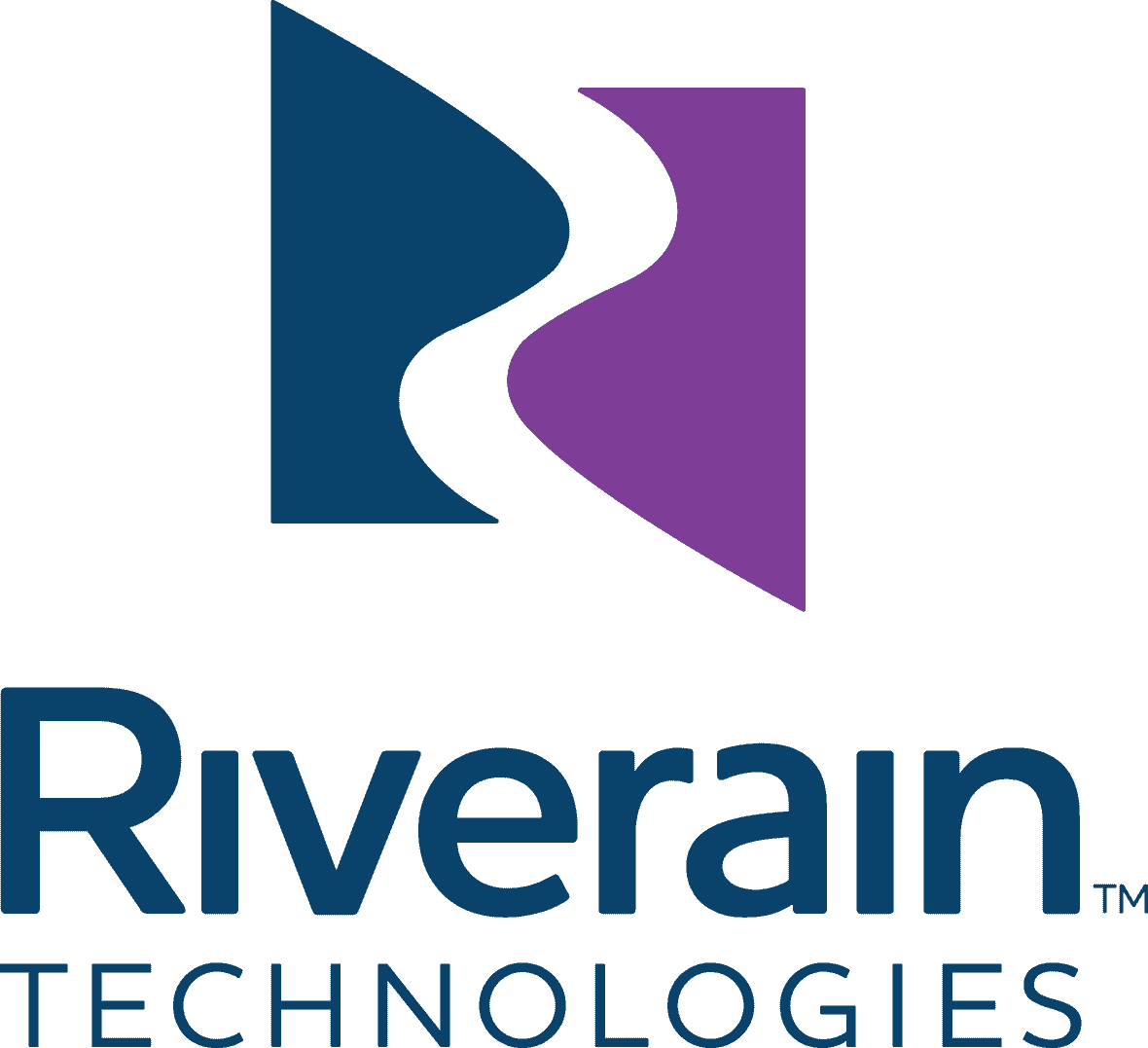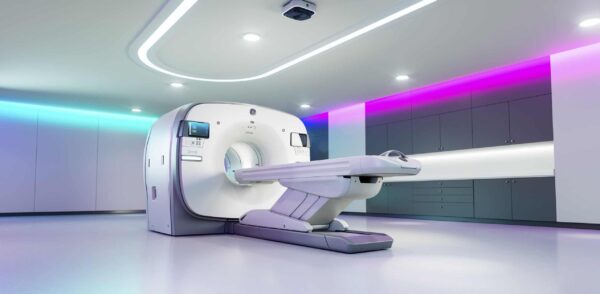|
GE’s All-Digital PET/CT | The First CAD AI Platform
October 19, 2022
|
|
|

|
|
Together with
|

|
|
|
“We think of ourselves in radiology as innovators. That’s kind of embarrassing.”
|
|
Geraldine McGinty MD, on radiology’s continued use of CDs for image sharing.
|
|
|
Two of the most influential leaders on the topic of image sharing and access are guests on the latest Imaging Wire Show. Join ACR past president, Dr. Geraldine McGinty, and Intelerad president, Morris Panner, for this discussion exploring the state of image sharing, its impact on patient care, and how radiology can finally ditch the disk.
|
|

|
|
GE Healthcare announced a major update to its molecular imaging lineup, launching the all-digital Omni Legend PET/CT.
The FDA-cleared and CE-marked Omni Legend is the first product to launch from GE’s new Omni PET/CT platform, and leverages an array of new technologies that drive big improvements to image quality, workflow efficiency, clinical versatility, and precision medicine.
- dBGO Detector – The Omni Legend is highlighted by its new digital BGO detector (dBGO), which provides 2.2-times higher sensitivity, 16% to 20% improved small lesion detection, and 53% faster PET scans.
- Precision DL – GE’s new Precision DL software expands the Omni Legend’s support for tracers “beyond FDG” (using image processing) and enhances image quality (using deep learning image reconstruction).
- Clinical Versatility – The above combination of sensitivity, image quality, and tracer compatibility allows the Omni Legend PET/CT to support a wider range of oncology, cardiac, and neuro use cases, in addition to supporting the diagnostics role within theranostics.
- Efficiency Forward – In addition to faster scan times, the Omni Legend supports GE’s efficiency solutions that streamline calibration (data quality assurance), simplify protocol selection (new UI), and reduce labor for patient positioning (AI-based Auto Positioning Camera).
- Future Ready – Like GE’s other recent advanced imaging launches, the Omni platform is built to support future upgrades, covering all core dimensions of PET/CT imaging (axial FOV, detector, software, CT, tracers, etc.).
The Takeaway
A completely new PET/CT platform doesn’t come along very often, and GE Healthcare seems to have made the most of this rare occasion with Omni PET/CT, bringing many improvements that imaging teams are seeking today, along with the theranostics support and component upgradability that should pay off in the future.
|




|
|
Qure.ai & CARPL.ai’s Real Time Validation
Faced with the task of monitoring the thousands of exams its algorithms analyze each day, Qure.ai leveraged CARPL.ai’s validation workflow to create a real-time performance dashboard.
|
|
The Case for Enterprise Cloud
Is your organization ready to move enterprise imaging to the cloud? Check out this Change Healthcare and ACHE webinar detailing cloud-native imaging’s benefits, best practices, and ROI.
|
|
- HeartFlow’s CAD AI Platform: HeartFlow announced the FDA clearances of its new Plaque Analysis and RoadMap Analysis solutions, joining its flagship FFRct product to make HeartFlow “the first and only” company to support anatomy (RoadMap), physiology (FFRct), and plaque-based CCTA assessments. HeartFlow might also be the first AI firm with two CMS-reimbursed solutions (FFRct & plaque). These clearances could be a big deal for HeartFlow, as the company should be able to leverage its FFRct installed base, playbook, and reputation to bring its CCTA AI suite to cardiac imaging teams across the country.
- Total Body PET/CT for Arthritis Evaluation: New research in JNM found that total body PET/CT scans can accurately evaluate patients with Autoimmune Inflammatory Arthritis (AIA). Researchers had 30 patients (24 w/ AIA & 6 w/ osteoarthritis; 2k total evaluated joints) undergo ultra-low dose 18F-FDG total-body PET/CT scans, finding that PET scans agreed with standard rheumatologic evaluations in both patient groups (70% & 91% of joints). Roughly 20% of the AIA joints that were deemed negative by rheumatological evaluation were positive on PET/CT, while 10% of AIA joints were only identified through rheumatological evaluation.
- Radiologists Not Driving PCa Variability: Although mpMRI prostate cancer interpretations are known to have high in-practice variability, a new JACR study suggests that this isn’t due to individual radiologists (at least at Brigham and Women’s Hospital). Among 960 MRIs from 928 patients (555 w/ csPCa), interpreting radiologists had an insignificant role in csPCS detection variability, both on an individual basis (p=1.0) and when combined with the physicians who ordered the mpMRI or performed the biopsy (p=0.41).
- Caire’s ICH AI Detection Performance: A Caire Health-led study showed that the Caire ICH AI system can significantly improve radiologists’ intracranial hemorrhage detection performance. Three radiologists each reviewed a dataset of 532 non-contrast axial cranial CT scans with and without Caire AI assistance (74.3% w/ ICH), finding that AI improved the radiologists’ inter-reader agreement (+5.8%), accuracy (+6.1%), sensitivity (+4.6%), and specificity (+10.6%). The rads also detected an average of 18 more ICHs when using Caire ICH AI.
- Digitizing Patient Consent: German researchers highlighted the benefits of a digitized informed patient consent solution (D-IPC) for CT exams. The study offered D-IPCs to 2,016 patients before contrast-enhanced CT exams, finding that D-IPCs were significantly more likely to detect risk factors for adverse events (contrast allergies, claustrophobia) than conventional paper-based methods (23.6% vs. 2.5%). The 84% of patients who successfully completed the D-IPC had 8.7% higher operational costs, but the authors suggest that D-IPC’s safety benefits make them worthwhile.
- CT Contrast Allergies & ED Delays: In other CT contrast event management news, MGH researchers found that patients with documented iodinated contrast allergies experience significantly longer emergency CT wait times. Analysis of 12.7k ED patients who underwent CE-CT scans (454 w/ contrast allergies), revealed that patients with contrast allergies had over three-times longer “order to start times” than non-allergic patients (360 vs. 118 minutes). This was even true for allergic patients who didn’t require premedication for contrast use (382 minutes).
- QT Imaging’s Treatment Monitoring Grant: QT Imaging secured a five-year $3.1M NCI grant to support its breast cancer treatment monitoring research, in collaboration with the University of Illinois and the Sunnybrook Research Institute. The project will use QT Imaging’s QTscan breast scanning system with UI’s reflection back-scatter algorithms to study how they might be able to improve tumor response assessments during neoadjuvant chemotherapy treatments.
- CRC Patient Lung Cancer Surveillance: An MD Anderson-led study highlighted colorectal cancer (CRC) patients’ higher risk of lung cancer metastases, suggesting that these patients might benefit from chest CT or PET scan surveillance. Among 1.6k patients with CRC, 233 patients (14.6%) developed lung metastases within a median of 15.4 months after colorectal surgery. The researchers listed patient age, chemotherapy, and lymph node ratio as key lung cancer metastases risk factors.
- Cardiac CT Cardioembolism Screening: Netherlands-based researchers found that cardiac CT is a feasible first-line alternative to transthoracic echocardiography (TTE) for cardioembolism detection in acute ischemic stroke patients. The study had 452 acute ischemic stroke patients undergo ECG-gated cardiac CT and a subgroup of 350 patients undergo TTE, finding that high-risk cardioembolism sources were detected at a higher rate with cardiac CT than with TTE (11.4% vs. 4.9%), while cardiac CT achieved a higher diagnostic yield across the whole population (12.2%, 55 of 452).
|
|
Making AI Evaluations More Effective
If you’re in the business of using or providing AI, there’s a good chance you spend a lot of time managing AI evaluations. But are your evaluations as efficient or effective as they could be? Check out this Imaging Wire Show with Riverain Technologies CEO, Steve Worrell, detailing the best practices for mitigating AI adoption risks, today and into the future.
|
|
- See how Einstein Healthcare Network reduced its syringe expenses, enhanced its syringe loading, and improved its contrast documentation when it upgraded to Bayer Radiology’s MEDRAD Stellant FLEX CT Injection System.
- The flow of new AI applications makes it hard for radiology groups to determine which tools would help them and how IT teams can handle increased AI adoption. In this Blackford Analysis white paper, radiology and IT leaders from NYU and Canopy Partners share how a platform approach alongside a curated marketplace can help solve these challenges.
- Over a three-year proof of concept study, UT Health San Antonio found that Enlitic’s Curie Standardize solution would reduce its average CT (head, chest, abdomen) study organization time from 25 to 9 seconds. That adds up when multiplied over 480k annual studies.
- Check out this Imaging Wire Show with United Imaging’s Jeffrey Bundy and Mike Coulter, who detail their unique approach to medical imaging innovations. If you’re trying to figure out a simpler and more scalable way to run your imaging organization, this interview is a great way to start.
- Canon Medical is making its way through the US on its 2022 Mobile Tour, bringing its products and solutions directly to hospitals and providers in 50 US cities. Tune in to see when Canon is coming to you and watch highlights from its tour stops along the way.
- Us2.ai recently announced the global launch of its flagship echocardiography AI solution, leveraging a new $15M Series A round, and its unique abilities to completely automate echo reporting (complete editable/explainable reports in 2 minutes) and analyze every chamber of the heart (vs. just left ventricle with some vendors).
- Annalise.ai doubled-down on its comprehensive AI strategy with the launch of its Annalise Enterprise CTB solution, which identifies a whopping 130 different non-contrast brain CT findings. Annalise Enterprise CTB analyzes brain CTs as they are acquired, prioritizes urgent cases, and provides radiologists with details on each finding (types, locations, likelihood).
- Heart disease remains the leading cause of death worldwide, but this editorial by Intelerad’s Morris Panner reveals that medical imaging breakthroughs are making this prognosis more promising. See how advances in cardiac imaging are paving the way for earlier detection, more precise assessments, and more effective interventions.
- Ready to improve your mammography workflows? Arterys is the first and only cloud-native Breast AI provider, and its solution dramatically reduces 3D Mammography reading times, while supporting breast cancer detection, density measurements, and personalized risk assessments.
- Check out this Imaging Wire Show featuring Novarad founder and CEO, Wendell Gibby, MD, exploring Novarad’s technological evolution and how its recent augmented reality expansion is bringing medical imaging into completely new clinical settings.
- “It has changed the face of neuroimaging.” That’s one of the takeaways from Christ Hospital’s experience becoming the first healthcare system in New Jersey to implement point-of-care MR imaging into neurocritical care. Learn about their implementation process and the impact of providing quick bedside MRIs in this Hyperfine webinar.
|
|
|
Share The Imaging Wire
|
|
Spread the news & help us grow ⚡
|
|
Refer colleagues with your unique link and earn rewards.
|

|
|
|
|
Or copy and share your custom referral link: *|SHAREURL|*
|
|
You currently have *|REFERRALS|* referrals.
|
|
|
|
|